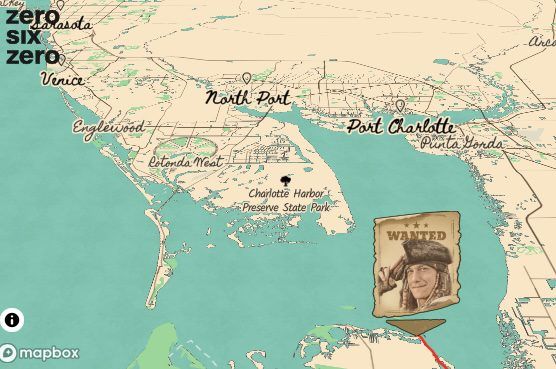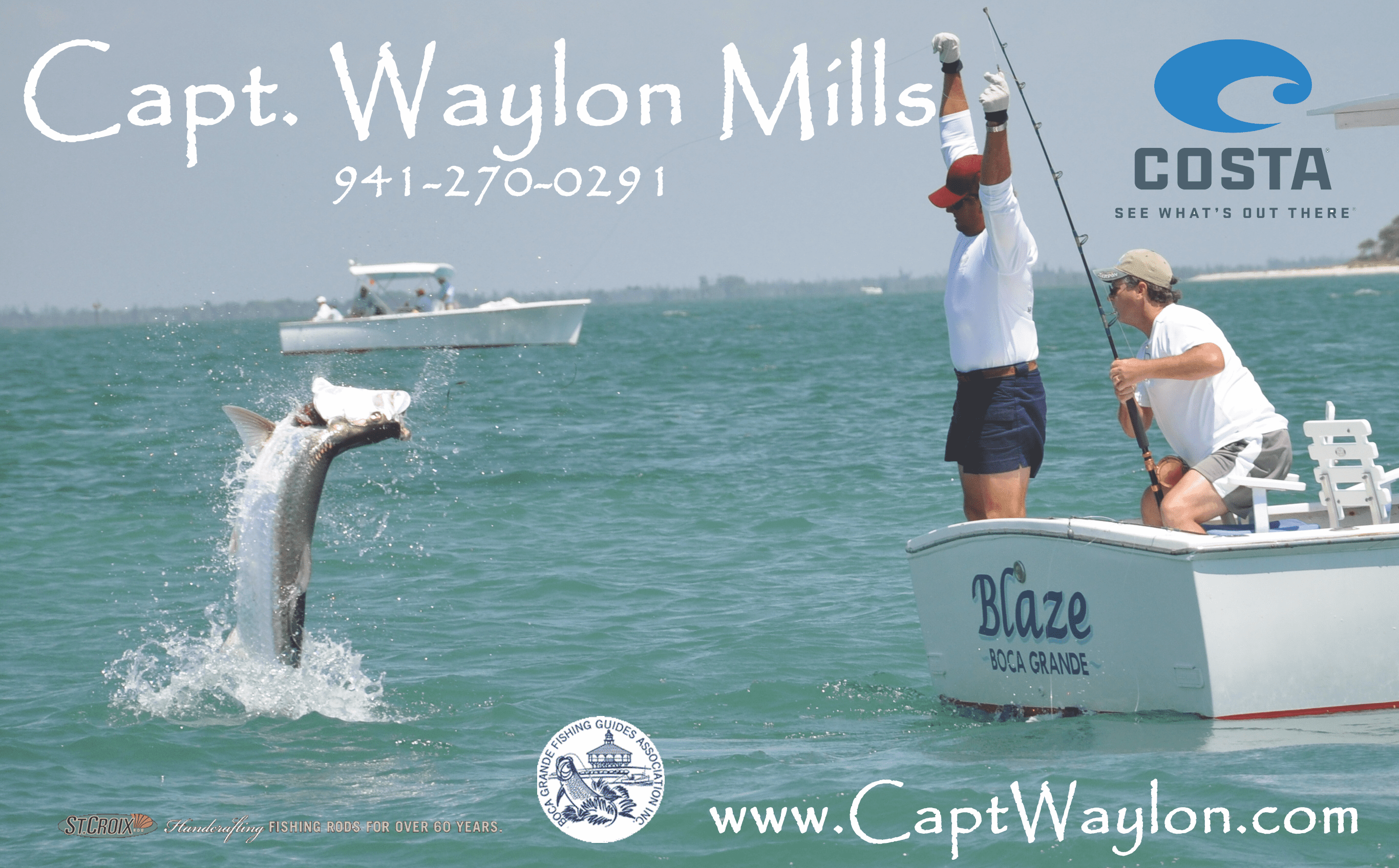Flamingos in air, canoeist Peter Frank on The Great Loop

Perhaps, as God intended, we are truly living in some sort of tropical jungle paradise. Quite regularly, folks are reporting seeing a pair of flamingos, up in the air, up and down the island, and Cape Haze.
They were above Coral Creek Wednesday, on their way to Englewood.
The television weathermen of Fort Myers, each with giant social media followings, both posted the photo of the three flamingos on Gasparilla Island a few weeks ago. These photos came well after hurricane-related relocations over two years ago, where Ashley and Glenn Scarpa photographed three of them on island, and the Boca Beacon reported other sightings.
There are, according to the Florida Fish and Wildlife Conservation Commission, about 260,000 to 300,000 mature flamingos in the world. The 2024 Audubon census of Florida reported that there were 101 wild American flamingos across Florida. In that census, over 50 flamingos were observed in Florida Bay and another 14 at the Merritt Island National Wildlife Refuge. Here,18 flamingos were counted near Pine Island.
The survey results were from the Florida Flamingo Working Group, part of a larger effort by the Caribbean Flamingo Conservation Group to census all American Flamingos throughout their range from February 18-25, 2024.
How encouraging. It does change the universe a bit. The return of these creatures sends a lot of messages. The first of which is that science can be updated; there was a consensus that flamingos were no longer native to Florida, having been extirpated, like the bison. (Happily, the bison returned to Florida’s Paynes Prairie, an import from Nebraska.)
Locally, we are at the center of an important region of bird-dom, and that is a great free benefit we all share. It came at a cost, however, as it was Audubon warden Columbus G. McLeod, protecting bird rookeries in Charlotte Harbor and the surrounding areas, who disappeared in 1908 and was presumed murdered by plume hunters. His death, in addition to another Audubon worker, helped to end the fashion of the plume trade.
In recent weeks it has not been easy for the birds on island; a number of beach nests have been disturbed by motorized paragliders, flying way low along the beach. Charlotte County has folks on the watch.
It is ironic that the bird so evocative of Florida has not actually been here until these recent sightings. Those of us who did not grow up in Florida did not understand this fully, because of television. One of the more delicious evening soap operas of the 1980s was the NBC TV show “Flamingo Road.” It, like that other hit NBC drama “Miami Vice,” showed Florida flamingos in its intro titles. They were supposed to be everywhere in Florida, except they were nowhere.
Like so many things, everyone just assumed the flamingo had disappeared.
How is it that Floridians have gone a century without these animals in our daily lives? Is there the habitat to support them? How can we make that happen? Can we slow down a bit to actually see them now that they are here?
At press-time, there was someone who was definitely slowing down. Canoeist Peter Frank, in a leather tricorner hat, was heading from Bokeelia and Jug Creek across Charlotte Harbor, in his canoe quest to paddle The Great Loop.
Frank’s trip is a 6,000 mile trip around the eastern United States, down the East Coast, around Florida, and then up the Mississippi. His canoe is a 1982 Sawyer Loon decked canoe, designed and built by Verlen Kruger in the late ‘70s. He may hit Cape Haze just before the preparation for this weekend’s Boca H20 Music Festival.
If you spot Frank this weekend, or the flamingos, count yourselves lucky. There are many diversions here in the summer months ahead. Some of them slow moving. And some up in the air.
Let us hope there is enough brine shrimp and algae to keep our pink flamingos in their beta-carotene color, in this land of Pink Elephant and Pink Pony.
Garland Pollard is editor of the Boca Beacon. Email letters and comments to editor@bocabeacon.com.









